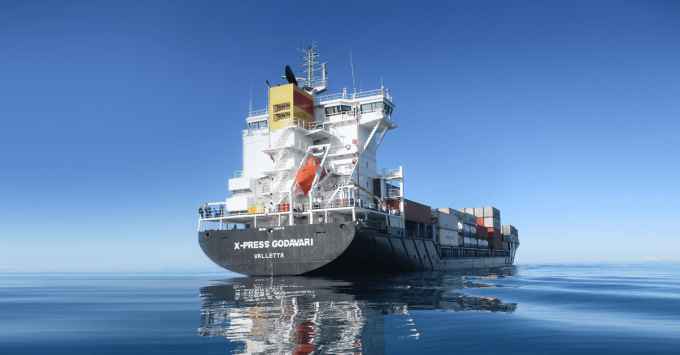X-Press Feeders’ methanol-fuelled newbuildings are Europe-bound
X-Press Feeders’ 14 methanol-fuelled newbuildings will serve European routes, the world’s largest feeder operator said ...

The huge containership orderbook is significantly weighted towards larger vessels, with little investment in recent years in replacement tonnage for the ageing smaller sizes.
Indeed, according to the latest MSI Horizon Monthly Containerships Report, the feeder ship orderbook for vessels up to 3,900 teu represents just 14.9% of the sector fleet, compared to the 43.6% orderbook for ships of more than 7,600 teu.
Moreover, almost a third of the current fleet of feeders are over 15 years old, while a quarter are ...
Transpacific sees first major MSC blanks as rates fall and volumes falter
'It’s healthy competition' Maersk tells forwarders bidding for same business
Opposition builds for final hearing on US plan to tax Chinese box ship calls
White House confirms automotive tariffs – 'a disaster for the industry'
Cargo chief quits WestJet as freighter operations cease
New price hikes may slow ocean spot rate slide – but for how long?
Supply chain delays expected after earthquake hits Myanmar
Good start for Gemini, liner schedule reliability data reveals

Comment on this article